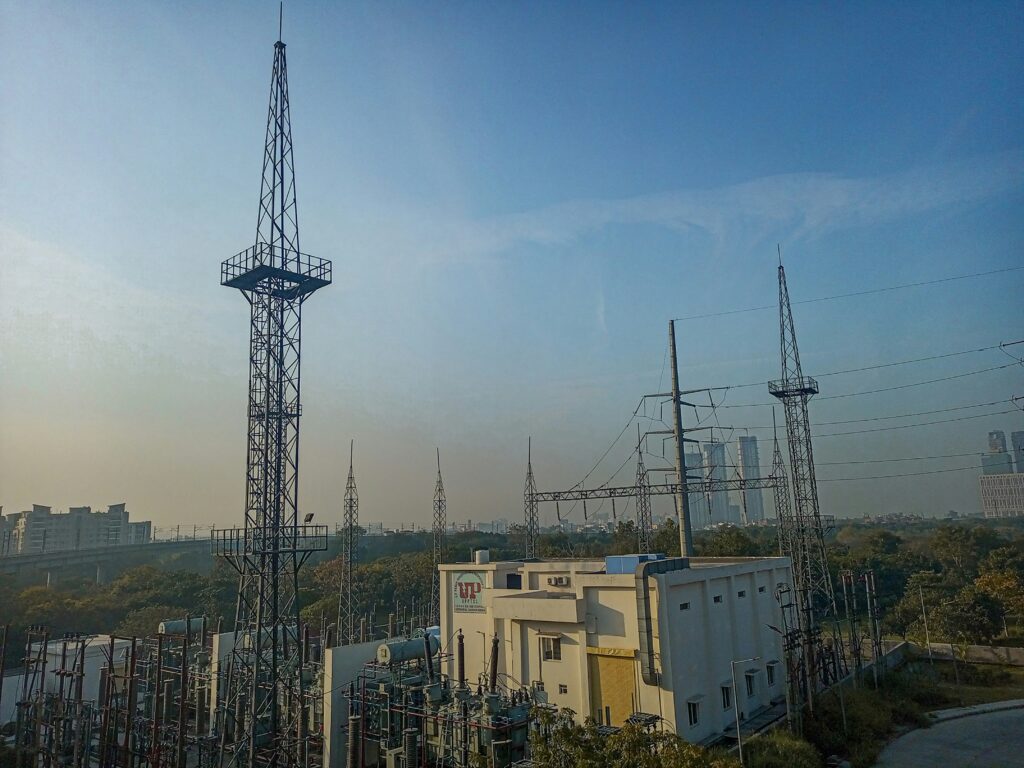
Substations play a crucial role in the electrical grid, acting as pivotal points for the transmission and distribution of electricity. Understanding the various types of sub-stations can help clarify their functions and significance in our daily lives. In this guide, we’ll explore the primary types of sub-stations, their purposes, and how they contribute to the overall energy infrastructure.
At its core, a sub-station is a facility that transforms voltage from high to low or vice versa, enabling efficient electricity transmission and distribution. They can be found at various points in the electrical grid, serving different functions depending on their design and location.
1. Transmission Substations
Function: Transmission sub-stations connect high-voltage transmission lines and help in stepping down voltage for distribution.
Features:
- Typically operate at voltages greater than 69 kV.
- Essential for transferring electricity over long distances.
- Include transformers, circuit breakers, and switchgear.
Importance: These sub-stations help minimize energy loss during transmission and ensure reliable electricity supply to various regions.
2. Distribution Substations
Function: Distribution sub-stations step down the voltage from transmission levels to distribution levels for local use.
Features:
- Operate at voltages between 4 kV and 69 kV.
- Located closer to consumers, often in urban areas.
- Transform high voltage to lower voltage for residential or commercial use.
Importance: They ensure that electricity is delivered safely and efficiently to homes and businesses.
3. Step-Up Substations
Function: Step-up sub-stations increase the voltage of electricity before it is transmitted over long distances.
Features:
- Typically found at power generation sites, such as wind farms or power plants.
- Use transformers to elevate voltage levels for minimal loss during transmission.
Importance: These are crucial for optimizing the transmission of electricity over vast distances.
4. Step-Down Substations
Function: As the opposite of step-up sub-stations, these reduce voltage levels for safe distribution.
Features:
- Located near or within population centers.
- Ensure the voltage is safe for residential and commercial use.
Importance: They play a vital role in ensuring that electricity is delivered at usable voltage levels.
5. Collector Substations
Function: Collector sub-stations are integral to renewable energy systems, particularly wind and solar farms.
Features:
- Collect energy generated by multiple sources before sending it to the transmission grid.
- Often equipped with transformers and protective devices.
Importance: They facilitate the integration of renewable energy into the larger grid, supporting sustainability initiatives.
6. Switching Substations
Function: These sub-stations do not transform voltage but are essential for routing electricity through the grid.
Features:
- Use switches and circuit breakers to control the flow of electricity.
- Help isolate sections of the grid for maintenance or during faults.
Importance: They enhance the reliability of the grid by allowing for quick responses to outages or maintenance needs.
7. Mobile Substations
Function: Mobile sub-stations are temporary installations used during emergencies or for quick setups.
Features:
- Can be transported to different locations as needed.
- Provide flexibility in responding to grid demands or failures.
Importance: They are crucial during natural disasters or when regular substations are offline for maintenance.
8. Gas-Insulated Substations (GIS)
Function: GIS utilize gas to insulate high-voltage components, allowing for a more compact design.
Features:
- Occupy less space than traditional air-insulated substations.
- Are suitable for urban areas where space is limited.
Importance: Their compact design and reliability make them increasingly popular in modern urban infrastructure.
9. Hybrid Substations
Function: Combining features of traditional and gas-insulated substations, hybrid substations offer flexibility.
Features:
- Utilize both air and gas insulation technologies.
- Designed to meet diverse operational needs.
Importance: They provide a balance between space-saving design and operational flexibility, ideal for modern power systems.
Conclusion
Sub-stations are fundamental to the efficient functioning of our electrical grids. From transmission to distribution and everything in between, each type of sub-station plays a specific role in ensuring that electricity is delivered safely and reliably. Understanding these different types can provide insights into how our power systems work and the ongoing innovations that drive their development. As we continue to integrate renewable energy sources and modern technologies, sub-stations will remain pivotal in shaping the future of energy.
REFERENCE : https://en.wikipedia.org/wiki/Substation
